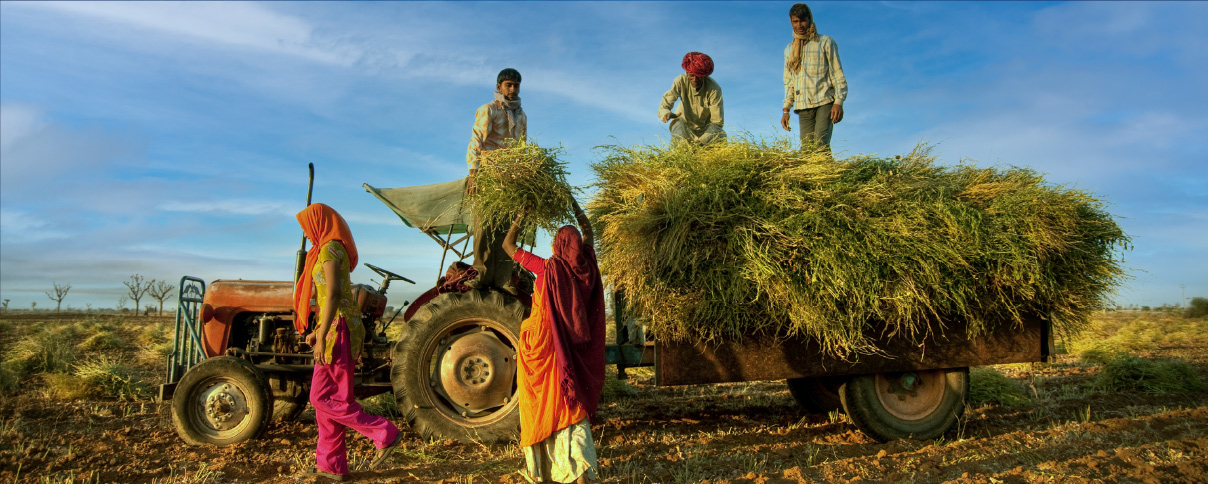Dr. Manmohan Singh: A Tenure of Progressive Economic Reforms
As the 14th Prime Minister of India, Dr. Manmohan Singh’s tenure from 2004 to 2014 was marked by significant economic and social reforms that aimed to modernize India and improve the lives of its citizens. An economist and academician, Dr. Singh’s leadership was characterized by a series of notable achievements that have had a lasting impact on the nation.
Economic Policy and Growth
Under Dr. Singh’s leadership, India witnessed a period of robust economic growth. The country’s GDP grew at an impressive rate, making it one of the fastest-growing economies in the world during that period. His government’s policies focused on liberalization and increasing foreign investment, which helped in sustaining the growth momentum.
Inclusive Development and Social Welfare One of the hallmarks of Dr. Singh’s tenure was the emphasis on inclusive development. The Mahatma Gandhi National Rural Employment Guarantee Act (MGNREGA) was introduced, providing a legal guarantee for at least 100 days of wage employment to every rural household1. This act played a crucial role in alleviating rural poverty and empowering the marginalized sections of society.
Right to Information Act (RTI)
The Right to Information Act, enacted in 2005, was another significant achievement. It empowered citizens to seek information from the government, thereby promoting transparency and accountability in governance2.
Education and Healthcare Reforms
Dr. Singh’s government also made substantial investments in education and healthcare. The Sarva Shiksha Abhiyan (SSA) saw improvements, aiming to universalize elementary education2. Additionally, the National Health Mission was launched to strengthen healthcare services, especially in rural areas.
Infrastructure and Urban Renewal
The Jawaharlal Nehru National Urban Renewal Mission (JNNURM) was initiated to improve the quality of life in cities across India. It focused on infrastructure development, provision of basic services to the urban poor, and urban sector reforms2.
The Special Economic Zones Act of 2005 was another milestone that aimed to enhance foreign investment and provide an internationally competitive and hassle-free environment for exports2. This led to the creation of designated areas where businesses could operate with more liberal economic laws.
Foreign Policy and International Relations
Dr. Singh’s tenure also saw significant developments in foreign policy. The Indo-US nuclear deal marked a turning point in India’s engagement with the world’s major powers2. It facilitated civil nuclear cooperation and symbolized a strategic partnership between India and the United States.
Legacy and Impact
Dr. Manmohan Singh’s prime ministership was characterized by a blend of economic liberalization and social welfare schemes. His policies laid the foundation for a modern, more inclusive India and set the stage for future growth and development. His contributions to India’s economic renaissance have cemented his legacy as an architect of modern India’s economy.
Dr. Manmohan Singh’s achievements as Prime Minister of India reflect his vision of a progressive nation that balances economic growth with social justice. His leadership has left an indelible mark on India’s socio-economic landscape, making him one of the key figures in the country’s contemporary history.
.jpeg)










